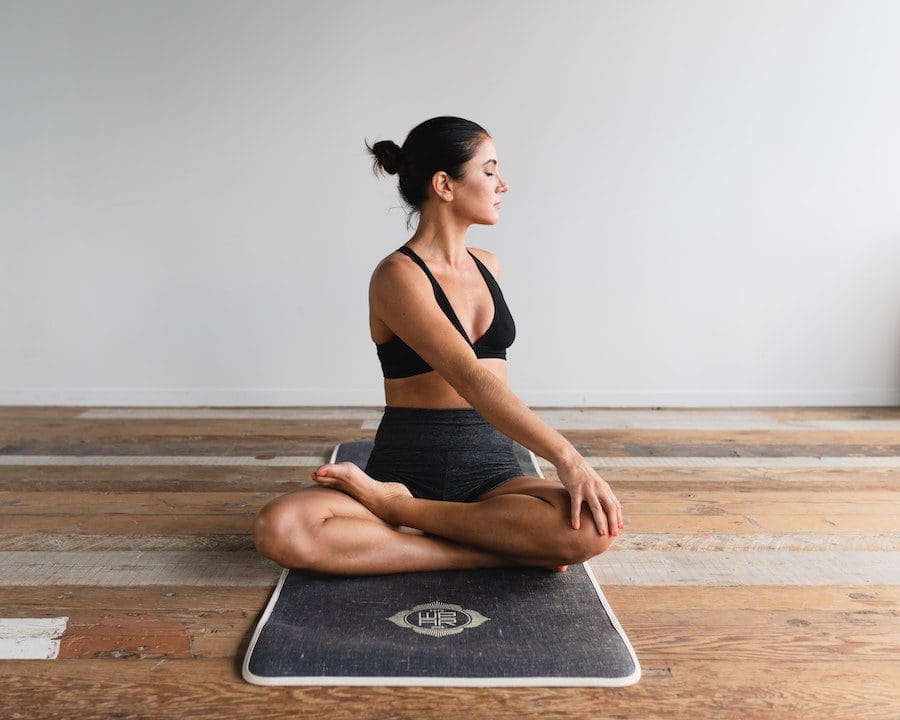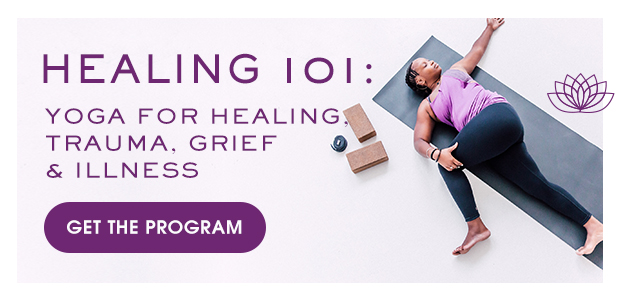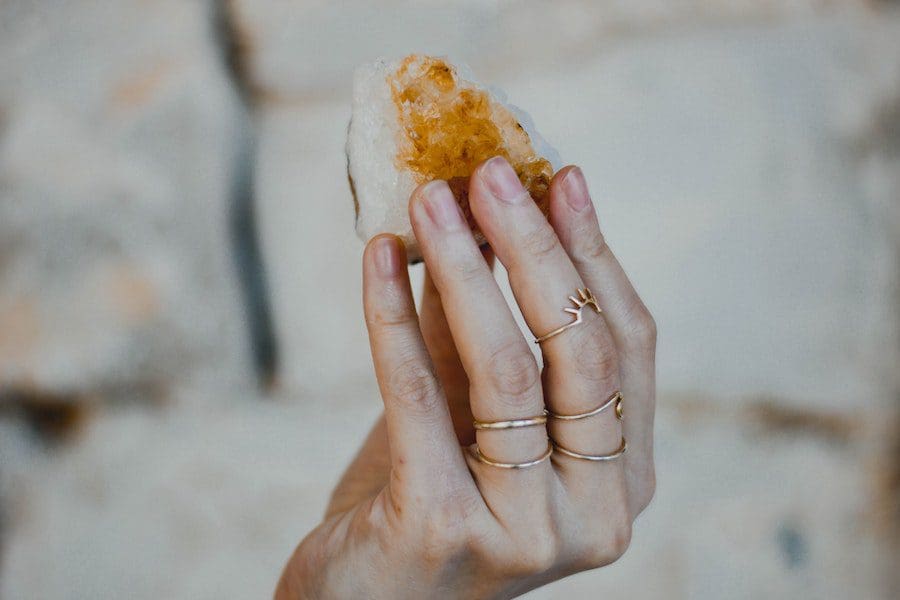Full Disclosure: Clicking on these links could mean a tiny commission for me, at no extra cost to you.
In the chaos of our hectic lives, dealing with anxiety and depression has become all too familiar. But hey, here’s where yoga steps in like a superhero for your mental well-being. It’s not just about striking poses; yoga throws in a mix of breathing, meditation, and mindfulness – a holistic combo for your body, mind, and spirit. Forget the jargon; it’s about finding your Zen. By syncing your body and mind through gentle moves and deep breaths, yoga becomes this magical space where stress takes a backseat, and mental health gets a boost. Let’s chat about how yoga, specifically the lotus pose, can be your secret weapon in tackling anxiety and depression.
What Is Padmasana Yoga?
Padmasana, commonly known as Lotus Pose, is a classic yoga pose that is widely recognized for its association with meditation and spiritual practices. In Padmasana, the practitioner sits cross-legged with each foot placed on the opposite thigh. The hands rest on the knees, palms facing upward, and the spine is kept straight. The pose is named after the lotus flower, a symbol of purity and enlightenment in various Eastern traditions.
Padmasana is often utilized in meditation and pranayama (breath control) practices to promote a calm and focused mind. It is considered one of the most stable and grounding seated poses in yoga. Regular practice of Padmasana is believed to improve posture, increase flexibility in the hips and knees, and enhance overall well-being. It’s also said to massage various acupuncture meridian points, providing you with relief all throughout you r body.
However, it’s important to approach this pose with caution, especially if you have knee or hip issues, and to gradually progress into it with guidance from a qualified yoga instructor.

How To Do The Padmasana Pose
Here’s a step-by-step guide to getting into the Padmasana posture at home by yourself.
- Lay down a mat on the floor, and sit on it with your legs stretched out. At the same time, keep your spine erect (almost at a 90-degree angle).
- Bend your right leg and gently place it onto your left thigh. Now ensure that the heel of your left foot is pointing inwards towards your abdomen.
- Similarly, repeat the above step for your left leg and make sure that the heel of that foot also points towards your abdomen.
- Now that you have both of your legs crossed in the perfect position, place your hands on your knees. Make a “????????” with your hands before placing them on your knees.
- Keep your head high and spine straight.
- Keep holding the posture with long yet swift breaths, both on the inside and the outside.
While the padmasana pose is beneficial in its own right, incorporating it into a yoga practice that combines other therapeutic positions will only enhance the benefits. Consider signing up for online yoga classes, available at Yoga Download.
Try Now: Yoga Download
Benefits Of Padmasana Yoga for Anxiety and Beyond
This iconic yoga pose, celebrated for its serene and symmetrical form, extends beyond the physical realms of flexibility and strength, offering an abundance of benefits for the mind, body, and soul.
Embrace the lotus and let the unfolding of Padmasana benefits inspire your yoga practice and elevate your holistic wellness. Here are some of the top benefits:
Improved Flexibility
Regular practice of Padmasana enhances flexibility in the hips, knees, and ankles, promoting a greater range of motion.
Strengthened Muscles
This pose engages and strengthens the muscles of the spine, abdomen, and pelvic region, contributing to better posture and core strength.
Enhanced Concentration
Padmasana is renowned for its ability to calm the mind and improve focus, making it an ideal posture for meditation and mindful practices.
Reduced Stress and Anxiety
The meditative nature of Lotus Pose helps reduce stress and anxiety by promoting relaxation and mindfulness, fostering a sense of tranquility. You can get all of the benefits of yoga for anxiety and depression with this one single pose.
Stimulates Digestive Organs
The yoga pose posture aids in digestion by applying gentle pressure to the abdominal area, promoting a healthy digestive system.
Regulated Blood Pressure
Through slow, deep breaths and relaxation, Padmasana can contribute to the regulation of blood pressure, promoting cardiovascular health.
Balanced Energy Flow
In yogic philosophy, Padmasana is believed to balance the flow of energy or prana throughout the body, fostering a sense of equilibrium.
Spiritual Connection
This yoga pose is often associated with spiritual practices, symbolizing purity and enlightenment. It can deepen one’s spiritual connection and self-awareness.
Elevated Posture Awareness
Practicing Lotus Pose encourages a conscious awareness of posture, promoting an upright and aligned spine.
Mental Clarity
The meditative aspect of Padmasana helps quiet the mind, leading to mental clarity, emotional balance, and an improved sense of overall wellbeing.
Beneficial For Females
As per the Vedas, ancient Indian books, this asana helps females preserve their natural fluids inside the body, preventing abdominal diseases. It uses specific acupuncture meridian energies to carry out the healing process effectively.
Helps with Weight Loss
Padmasana might also have a role in helping people lose weight, especially from the torso area as well as the thighs and the hips. The Padmasana is an easy yoga position, recommended for almost everyone, no matter their age or gender.
Improves Mental Health Significantly
Tranquility and calmness make way into the mind and body when one performs this asana. The Mississippi University suggests that Yoga provides an edge over mental health problems such as depression, anxiety, insomnia, and chronic or acute stress.
As per their research paper, yoga poses, such as Padmasana, helps relax the body and slows down breathing. Also, the posture helps slow down the heart rate and de-inflates the blood pressure to optimum levels.
Increases Hemoglobin Count In Blood
Padmasana Yoga might also be an aid in increasing the hemoglobin and RBCs in the blood fluid, ultimately adding up to better oxygen infusion in the body cells and enhanced functionality of the overall body.
Might be Beneficial for Pregnant Ladies
Some Ayurvedic texts suggest that the Padmasana might be beneficial for pregnant ladies as it might help them ease their labor pain during childbirth. This Yoga has also been known to relieve menstrual discomfort in women of all ages.
As with any yoga practice, it’s essential to approach Padmasana mindfully and listen to your body, especially if you’re a beginner. If you have existing physical conditions or limitations, consider consulting with a yoga instructor or healthcare professional before attempting advanced poses.
 Points To Consider Before Performing Padmasana:
Points To Consider Before Performing Padmasana:
If you don’t know how to get in the Lotus position all by yourself, or you don’t have a mentor, consider these pointers:
- Initially, it might be problematic for you to get in the Padmasana position because you are not in practice. In such situations, you should start with the “Ardha Padmasana” posture. If we translate the name from Sanskrit, it means the “half-lotus” Yoga position. Instead of placing both the legs on the alternate thighs, you should start by placing one leg on the corresponding thigh and keeping the other leg straight.
Over time, when you get comfortable with the half bit of the position, you could start performing the full Yoga position.
- You shouldn’t be doing this Yoga if you have a sprain in your ankle or suffer from any other foot injury.
- Anyone in their post-surgery period should avoid this Yoga.
- The same goes for back pain. If you have one, don’t opt for this Yoga.
The Yoga practices date back centuries, particularly in the Southeast Asian region, more concentrated in and around the Indian Subcontinent. While Padmasana Yoga gets its name from the pose of a lotus flower, it also does miraculous healing and wonders for the human body. However, absolute beginners should go through specific points mentioned in the article before practicing this Yoga.











